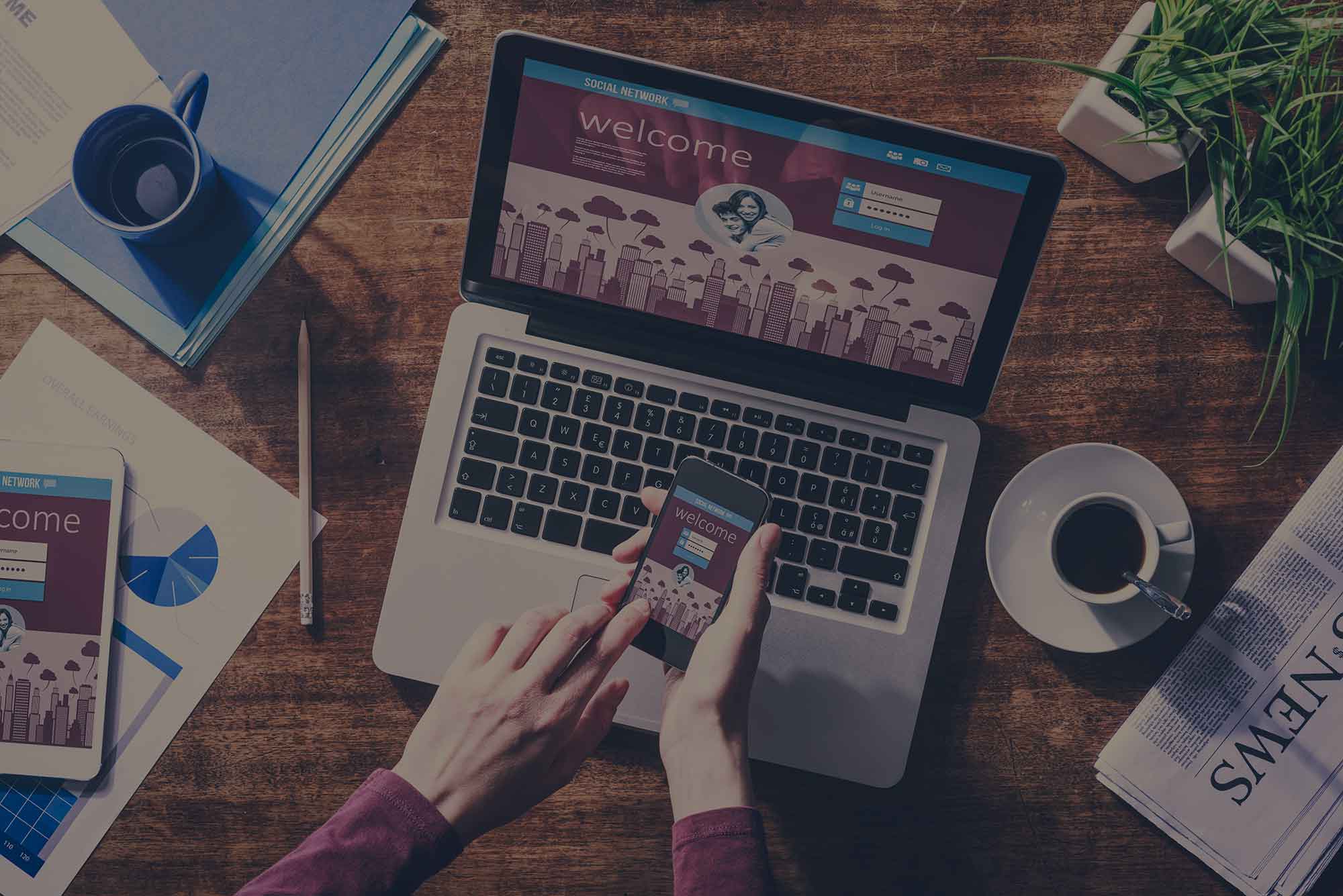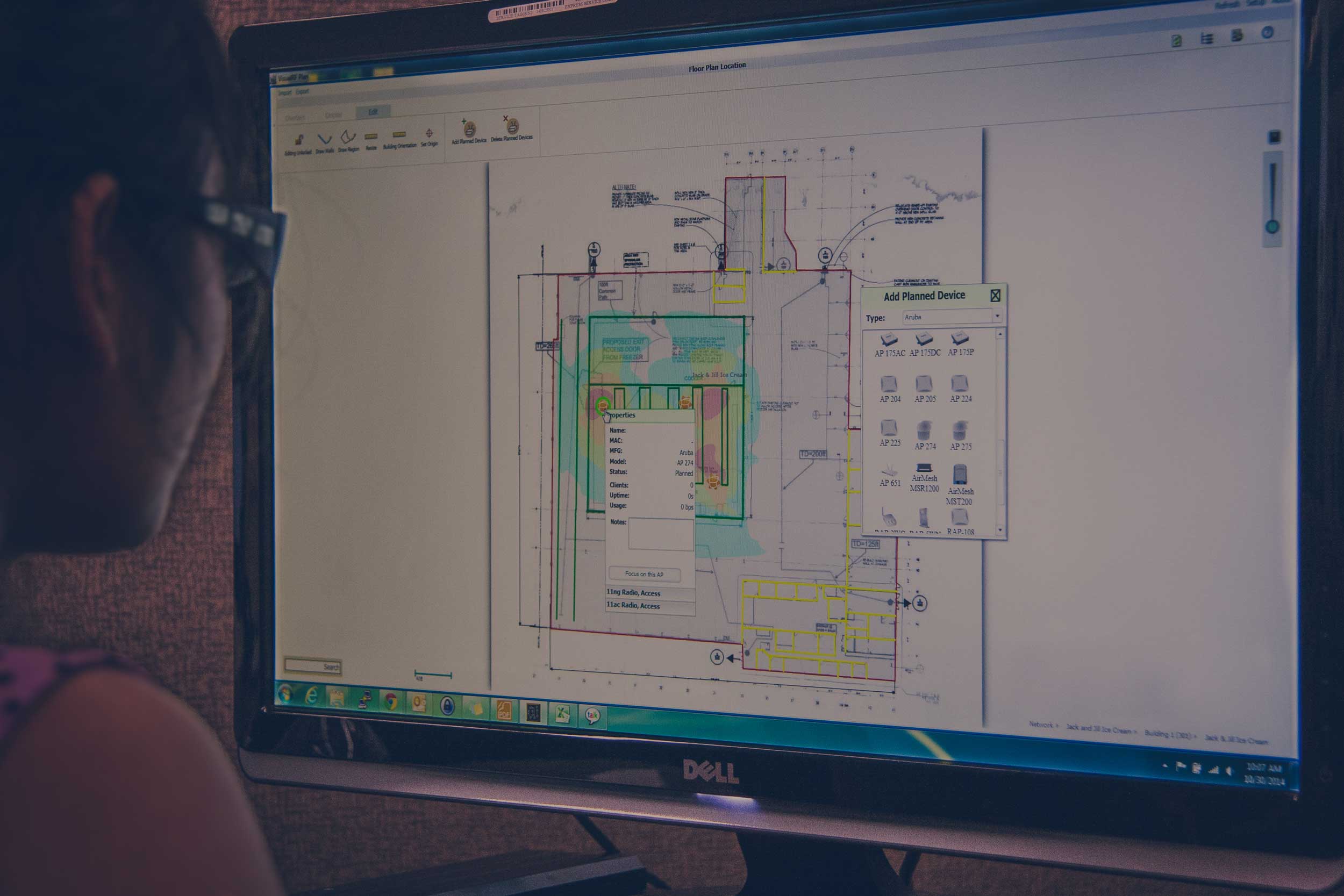Castles have moats. Subways have turnstiles. Even houses have doors. When you have something people want, you need to control who has access to it. For many businesses and organizations offering guest wireless access, having a captive portal can play a major role in your overall mobility strategy, not only for network security reasons but for many other lesser-known benefits as well.
You probably have encountered a captive portal at one point or another. It's that log-in page you see when you try to access the Wi-Fi network provided in hotels, hospitals, schools, cafes, restaurants or business centers.
A captive portal is a web page that the user of a public Wi-Fi network views and interacts with before they are allowed to connect and it can be designed in many different ways.
It can be in the form of a log-in system with a pre-assigned user ID and password or in a way that allows users to input a room number (i.e. hotels, hospitals etc.) for a fixed amount of time to access the network.
Another common feature found with most captive portals is an acceptable usage policy or AUP, this policy prompts users to accept it before they can connect much like a "terms of service agreement".
It might seem like a very simple concept, one that most people don’t even think twice about, but captive portals can offer much deeper benefits other than just simple network security.
Here are 5 lesser-known benefits captive portals offer for your guest Wi-Fi strategy.
1. Separating traffic
Captive Portals allow for the separation and segregation of guest traffic. This has tons of security benefits including keeping un-trusted users away from confidential resources through network access control policies.
As guest users will have different ACLs based on a company’s security policies, they will have limited access inside the corporate network. This will give the right users the right amount of access depending on what they need or what you’re willing to give.
2. Data Collection
These portals provide data accounting based on time, date and user. This is a standard feature in guest access. Future access to logs will facilitate administrators to find out certain users and their actions in a corporate network.
With this, you can a do a boatload of different things but the main benefit here is data collection, which you can use as your business requires.
In addition to the standard the standard data points mentioned above, many captive portals (especially in retail) are also using social log-in's as another means of collecting useful data from their customers.
With social log-ins users sign-in to the guest Wi-Fi network using their familiar social log-in credentials such as Facebook, Twitter, LinkedIn or even Google Plus.
Using this type of authentication not only makes it familiar and easy to use for the client but also provides the business with loads of social data beyond the standard form fields (i.e. name, gender, email etc.)
This can be very helpful in adding more context to your data-base as well as to create better more re-fined experiences for your users based on a better awareness of your target audience.
3. Marketing & Brand Awareness
A landing page will serve as a means of identifying your brand as well as a way to boost your marketing message. Companies can take advantage of the virtually limitless potential that captive portals possess to raise brand awareness by utilizing its less obvious abilities.
For instance, you can feature timed injection advertisements, which ensure that end users perform a desired action or view said ads for a certain amount of time before being permitted to view another screen.
Portals can also display your company’s logo, exclusive deals, and requests to link to your company’s social media accounts. There are a lot ways to play with this feature. Try out what works best for your school, hospital or business.
However, it's important to always remember the main purpose of your captive portal and not to get carried away. The reason your guests are trying to connect is unlikely to be about viewing your ads, so always keep your user's experience in mind and offer them value not spam.
4. Protect From Lawsuits
Providing free internet services doesn’t mean that you're always providing secure internet service. An accepted usage policy (AUP) on your active portal ensures that users understand just that.
It will contain a statement outlining the conditions the guest must agree to before they are granted access to the Wi-Fi network. This relieves your company of some of the liability if an end user is the perpetrator or victim of illegal activity on your wifi network.
5. Bandwidth Throttling
Some users of a free public wireless network may repeatedly connect, using the network on an almost continuous basis for bandwidth hogging activities like downloading music, videos, or other large files.
Additional programming in the captive portal can minimize these activities by controlling the speed at which large files are downloaded, limiting the size of the files that can be downloaded, restricting the number of downloads that can occur in a single session, or blocking connections to web sites commonly used for downloading large files.
This is called bandwidth throttling or traffic shaping and this can save you a lot of headaches as well as keep everyone equally happy on your network.
Captive Portals can be a perennial source of annoyance on the internet. Oftentimes, it causes confusion, browser issues and doesn’t work well with mobile. However, a good captive portal has the ability to provide a myriad of benefits. If you need help in deploying or updating your captive portal, simply contact us here, we’d be glad to help.






